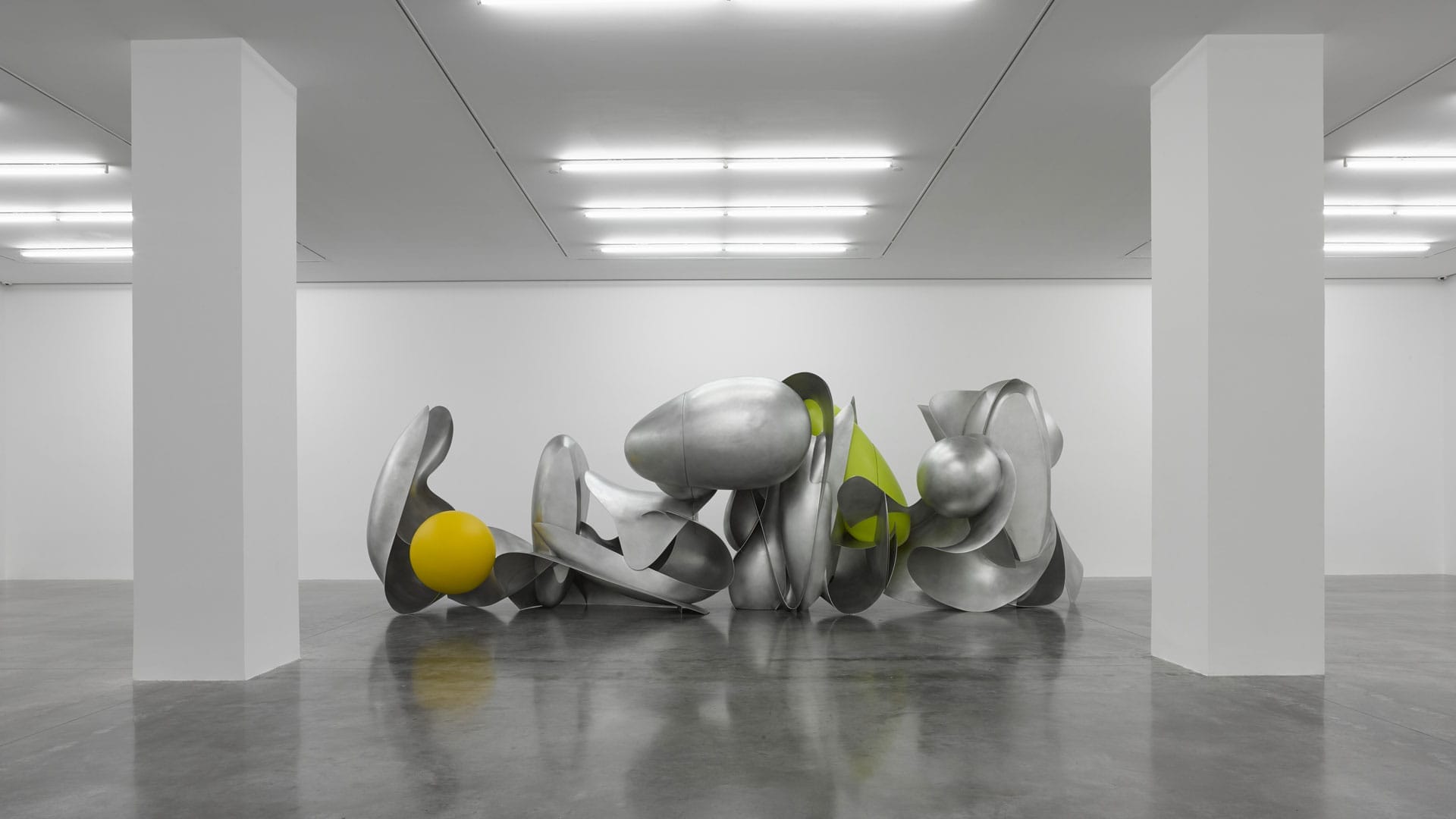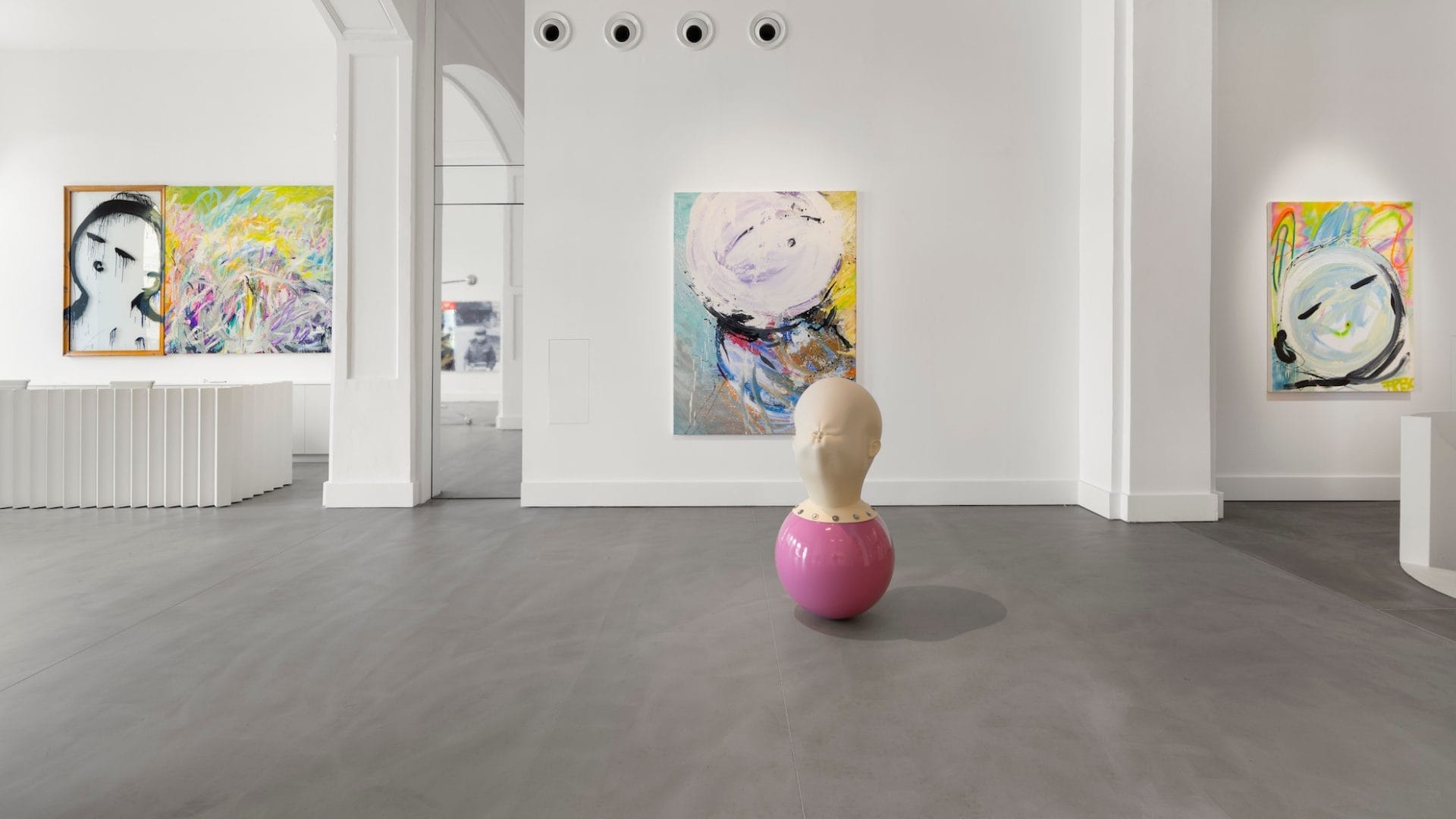
Cory Arcangel: The Artist Rewriting the Codes of Digital Culture
Cory Arcangel, born in Buffalo, New York, in 1978, emerges as a pioneer in the digital art landscape. His career is marked by relentless experimentation that blends technology and pop culture, resulting in works that are as provocative as they are evocative.
From an early age, Arcangel demonstrated a strong inclination towards creativity and innovation. Growing up during the rise of the digital era, he developed a deep interest in computers and gaming consoles, which later inspired his art. This background enabled Arcangel to view the art world through a completely different lens, one that blends the nostalgic with the avant-garde, and the familiar with the novel.
His work is a continuous dialogue with digital media, reflecting on how technology shapes contemporary culture and vice versa.
The essence of his artistic approach is an attempt to express the inexpressible, to shape that fleeting intersection between the ephemeral nature of technology and pop culture.
Arcangel doesn’t just use technology as a means; he explores it as a subject, medium, and context, creating works that are simultaneously reflections and critiques of our digital age. His work challenges viewers to reevaluate their understanding of visual art in a technology-dominated era.
In this sense, Arcangel is also a cultural commentator, whose works reflect and question our times, offering a bridge between the world of traditional art and the rapidly evolving digital realm.

From Early Steps to International Success
Cory Arcangel began his initial artistic endeavors in the realm of classical music, where he honed his sensitivity to harmony and composition. However, his curiosity and passion for innovation soon led him to explore new horizons in digital art. This transition marked the beginning of a unique journey, utilizing his musical training to delve into and interpret the language of digital media.
Arcangel’s early forays into the digital world were characterized by a playful and critical exploration of technology. He began working with old video games and computers, leveraging his technical knowledge to manipulate and reinterpret these mediums. These early experiments not only showcased his technical prowess but also revealed a deep sense of nostalgia and a contemplation of technological obsolescence. His work during this initial phase laid the groundwork for a career that would deeply explore the boundaries of digital art.
Super Mario Clouds
“Cory Arcangel’s “Super Mario Clouds” (2002) is a notable piece in the realm of digital and installation art, marking a significant moment in the integration of new media and digital native backgrounds into the professional art world. This work involves a hardware modification of the “Super Mario Bros.” game cartridge for the Nintendo Entertainment System. Arcangel meticulously removed all visual assets from the game, such as mushrooms, grasses, and the protagonist Mario, leaving only the blue sky and white, pixelated clouds scrolling over it.
Initially, Arcangel intended this piece for internet sharing rather than physical exhibition, reflecting a modern approach to art distribution and engagement. He first shared the video and code on his website in 2002, aiming for internet virality. Arcangel’s primary interest lay in the process of modification rather than the aesthetic of the final product. However, the online attention it garnered led to offers for physical exhibitions. The following year, he displayed it as a multi-channel video installation at Team Gallery in New York, with the modified gaming console included in the exhibit. This setup was also featured at the 2004 Whitney Biennial, and one of the five editions of this work is part of the Whitney Museum collection.
In 2005, Arcangel furthered the work’s impact by creating “The Making of Super Mario Clouds,” an instruction manual and video, and published the code in zine-style publications with a Creative Capital grant. This act of sharing the creation process opened up new dialogues in the art world about the democratization of art creation and the blending of art and technology.
The installation’s deliberately underwhelming nature invokes a sense of melancholy, particularly for those familiar with the original “Super Mario Bros.” game. By stripping a popular cultural icon to its bare essentials, Arcangel prompts viewers to reflect on the nature of gaming, nostalgia, and the intersection of art and technology. This work, with its innovative approach and contemplative impact, has become a cornerstone in discussions about digital art and its place in contemporary culture.“

In addition to this, Cory Arcangel has often revisited and reinterpreted classic works of art, using digital tools to create new versions of famous paintings. These works are not just a tribute to traditional art, but also a reflection on the role and meaning of art in the digital era. In these interpretations, Arcangel deconstructs and reconstructs the original works, creating a dialogue between the past and the present, between technology and tradition.

Arcangel’s Influence: Beyond Digital Art
Cory Arcangel is not just a central figure in the digital art world; he has also had a significant impact on popular culture and the public perception of technology and media. His work transcends the boundaries of digital art, engaging with a wide range of audiences across various platforms and disciplines.
Arcangel’s influence extends well beyond galleries and museums. He has collaborated with musicians, designers, and brands, bringing his unique aesthetic to areas ranging from fashion to music. These collaborations have helped to spread his innovative ideas to a broader context, allowing his work to reach a diverse audience and have an even wider cultural impact.
Arcangel has also played a key role in educating and promoting digital art. Through his lectures, workshops, and online presence, he has inspired a new generation of artists and creatives to explore the possibilities offered by technology in art. His passion for sharing knowledge and for innovation has helped to shape how digital art is perceived and practiced today.
His works, exhibited in prestigious galleries and museums around the world, such as the Whitney Museum of American Art in New York, the Tate Modern in London, and the Centre Pompidou in Paris, attest to his enduring impact and relevance in the global art scene. These exhibitions not only celebrate his artistic talent but also serve as a meeting point between the world of traditional art and new forms of digital expression, encouraging audiences to explore and reflect on the role of art in contemporary society.

Among his most significant works, we find “Permanent Vacation” (2008), which consists of two iMac computers endlessly exchanging automatic reply emails. This piece is a fascinating exploration of communication in our digital era, highlighting the absurdity of automated interactions. In 2009, he created “Drei Klavierstücke op.11.” In this work, Arcangel recreates Arnold Schoenberg’s “Drei Klavierstücke op.11,” considered the first piece of “atonal” music, through a montage of videos of cats playing the piano from YouTube. The piece blends high art with popular internet culture, exploring themes like randomness and the interaction between art and technology.
In 2011, Cory worked on “Various Self Playing Bowling Games.” In this installation, various bowling video games were modified to continuously strike. The piece explores the interaction between man and machine and reflects on the nature of competition and success in the digital world.
Regarding “Flatware” (2018-) and “Let’s Play: HOLLYWOOD” (2017-2021), it is evident that Arcangel’s work focuses on the intersection between art, technology, and culture, often challenging the audience to reflect on our increasingly digital and interconnected world.

The World According to Arcangel
In Arcangel’s world, it’s a place of continuous questioning and discovery, where art is not just a means to express ideas, but also a tool to uncover new truths about ourselves and the world around us. In this sense, Cory Arcangel is not just an artist, but also a digital philosopher, whose works challenge us to look beyond the visible, to explore the hidden depths beneath the glittering surface of our digital reality. Arcangel, with his ability to navigate between the serious and the playful, the profound and the accessible, invites us to a critical reflection on the role of art in the digital age. His works open windows onto a world where the boundary between real and virtual is increasingly blurred, where nostalgia clashes with innovation, and where issues of authenticity and appropriation become ever more complex.
Thus, his work is not just a significant contribution to the landscape of digital art, but also an invitation to all of us to reflect, to question, and perhaps, to better understand our place in an increasingly connected, yet paradoxically more fragmented world. Ultimately, the world according to Arcangel is a space where art becomes a bridge between man and machine, between the past and the future, between reality and imagination.
Arcangel is the youngest artist since Bruce Nauman to have been given a full floor solo exhibition at the Whitney Museum of American Art, New York (2011). Other exhibitions comprise: “Midnight Moment – Another Romp Through the IP (Times Square edit)”, Times Square (2022),“Topline”, at CC Foundation, Shanghai (2019), “BACK OFF”, at Firstsite, Colchester, Essex, UK (2019), “Be the first of your friends” at Espace Louis Vuitton München, Munich, Germany (2015), “This is all so crazy, everybody seems so famous” at Galleria d‘Arte Moderna e Contemporanea, Bergamo (2015), “All The Small Things” at the Reykjavik Art Museum, Reykjavik (2015), “Masters” at the Carnegie Museum of Art, Pittsburgh (2012–13), “Beat the Champ” at the Barbican, London (2011), and “Here Comes Everybody” at the Hamburger Bahnhof, Berlin (2010–11) and Nerdzone Version 1 at the Migros Museum für Gegenwartskunst, Zürich (2005). Arcangel received the Kino der Kunst Award in 2015 and was shortlisted for the Nam June Paik Award in 2014. His work was included in the Whitney Biennial at the Whitney Museum of American Art and the Liverpool Biennial (both 2004). In 2014, he launched Arcangel Surfware, a merchandise and publishing imprint. Its flagship store opened in Stavanger, Norway in 2018.
Night Time Story
NIGHTTIMESTORY is a decentralized and online project that aims to be a platform for show a wide range of contemporary art forms, including visual art, videoart, conceptual art theory, NFTs, and critique.
You may also like
12 Must-Visit Contemporary Art Galleries in London
London, renowned for its vibrant and dynamic art scene, is a treasure trove for contemporary art dev
Observing and Being Observed: The Unstable Aesthetics of Einschub
In an era where perception is constantly mediated by screens, reflections, and recordings, Jasper Ma
Viktor Frešo, “LAST 50” at Comma Gallery, Bratislava
“LAST 50” by Viktor Frešo, curated by Zuzana Danková, at Comma Gallery, Bratislava, 14




